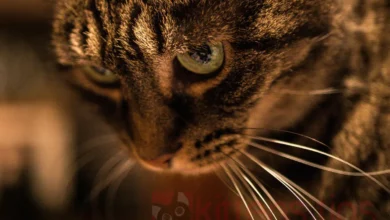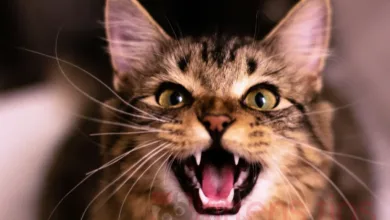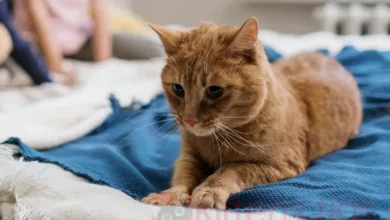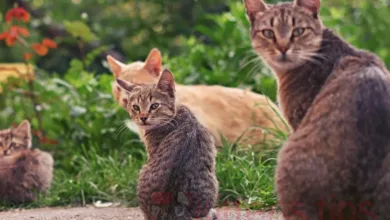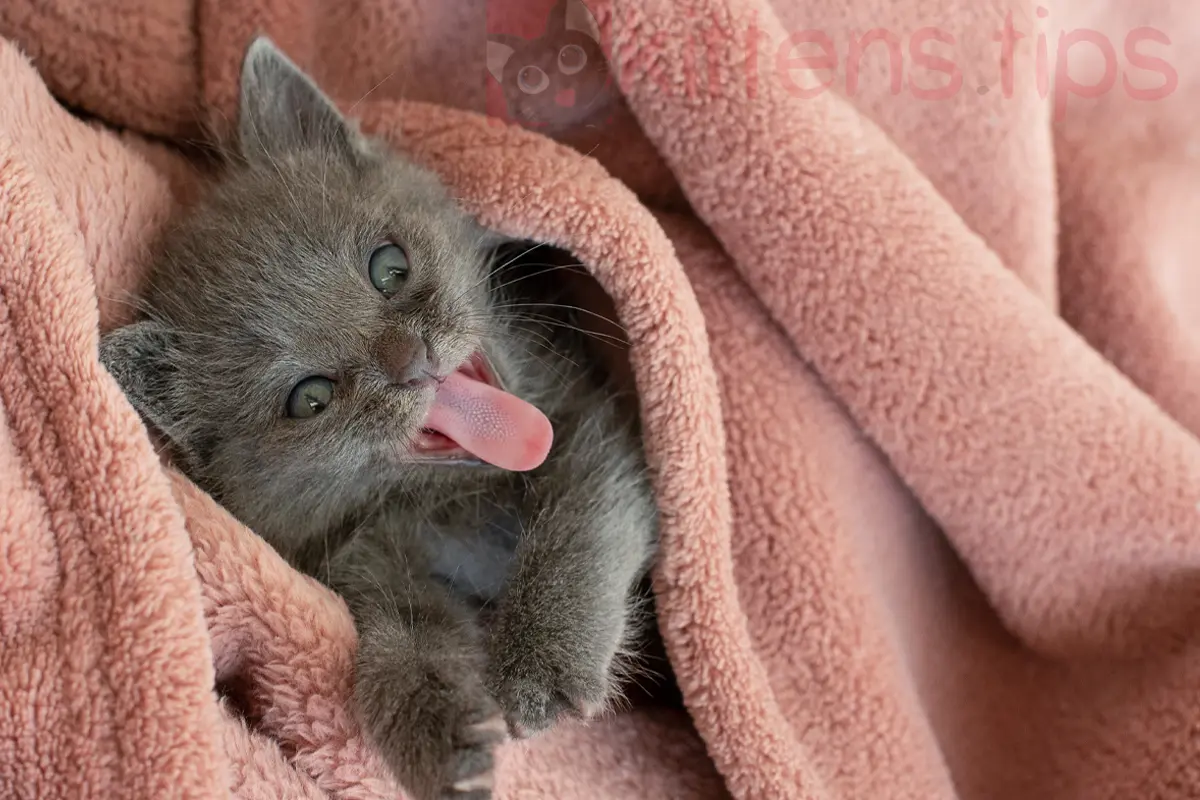
מדוע לחתולים יש לשון גסה ואיזו מטרה הם משרתים?
Even though for many people it’s a mystery that arouses curiosity, feline lovers know well why cats have rough tongues and what purpose they serve. This anatomical feature, found exclusively in felines, primarily helps them clean their fur and eat. Besides feeding and grooming, there are many other interesting curiosities about the anatomy and functionalities of a cat’s tongue.
Before we explore the purposes of their rough tongues, let’s briefly look at the anatomy and why feline tongues are rough.
תוכן העניינים
Why do cats have rough tongues?
The structure of a cat’s tongue is remarkable due to the presence of keratinized conical papillae, known as filiform papillae. These microprojections are composed of keratin, a substance also found in the composition of the cat’s nails and hair. The essence of the roughness of a cat’s tongue lies in these filiform papillae, which, upon touch, prove to be particularly rough.
A study published in 2018 revealed a fascinating fact about the structure and shape of the papillae present on a cat’s tongue. It was found that the papillae on a cat’s tongue have a shape similar to that of spoons and feature hollow tips. These hollows serve as reservoirs for saliva accumulation, which the cat later uses to clean its fur.
What purposes do rough tongues serve in cats?
The main reasons why cats have rough tongues are cleaning (grooming their fur) and feeding.
The role of a rough tongue in cat grooming and hygiene
Cats are perhaps the cleanest terrestrial creatures. Cats are renowned for their meticulous care of hygiene, spending a significant part of their time on grooming activities. Their rough tongue, studded with keratinized conical papillae, is an essential tool in this daily routine. These papillae, with a shape similar to spoons with hollow tips, not only act as efficient reservoirs of saliva but also evenly distribute the liquid into the cat’s fur.
When a cat licks its fur, these papillae not only remove visible dirt and dead hair but also bacteria and potential parasites that may be harbored between the hair strands. Through this process, the cat ensures not only impeccable fur hygiene but also a healthy environment devoid of potential threats to its skin.
Furthermore, the rough papillae serve as natural brushes, aiding in the removal of fur and preventing the formation of knots or the unsightly settling of hair strands. Through constant cleaning and grooming, a cat’s rough tongue is a vital instrument for maintaining skin health and achieving a shiny and well-groomed coat.
The Rough Tongue of Cats Helps in Drying Their Fur
Although we say that “a cat washes itself” when we see it licking its fur, it is good to know that a cat’s rough tongue is also a useful tool for drying its fur if it is wet from rain or after a bath.
If the fur is wet, the cat resorts to its distinctive grooming technique, using its rough tongue as a clever drying tool. Through repeated movements, the cat licks its fur, absorbing and removing water at the same time. This ability not only provides quick comfort but also serves as an essential mechanism for thermal regulation. Through this grooming ritual, the cat not only regains dryness and its elegant appearance but also skillfully manages its comfort in the face of abrupt environmental changes.
Feeding and Culinary Experience
The conical papillae on a cat’s tongue are not just a cleaning tool but also a clever ability during the feeding process. They allow the cat to perform precise grasping of food pellets, avoiding the risk of losing them during eating. This ability becomes crucial in urgent situations, such as when multiple cats share the same living space or in the case of street cats, which often need to eat at a brisk pace.
Not only cats have rough tongues. Large felines like lions, tigers, or leopards use the raspiness of their tongues to clean meat off the bones of their prey. If a lion or a tiger were to lick our hand, we would have the same sensation as if a cat were licking us, only much more intense. Of course, it would be better if no one attempted to experience this sensation from a lion or a leopard.
Another fascinating aspect of a cat’s tongue is its richness in taste receptors and sensors, arranged among these spikes. This remarkable configuration makes the cat extremely selective in its food choices. Refusing to consume food it does not adore, a cat can remain unfed for an extended period, regardless of how fresh and appealing the pellets may seem in the bowl. In contrast, dogs have a much less finicky approach to their food, being willing to eat almost anything, even spoiled food, a tendency inherited from their ancestor, the wolf, which consumes decomposing carcasses in moments of pronounced hunger.
Cats Drink Water in a Unique Style
A cat’s tongue has a very interesting anatomy, with the tip bent backward, taking the shape of a spoon, allowing it to drink in a completely different style than ordinary dogs. To drink water, a cat runs its tongue over the water’s surface and only bends it upon retraction to bring the water into the oral cavity. This is exactly the opposite of dogs, whose tongues form the spoon at the front. The action is so rapid that the water forms a continuous stream, and to capture water from this stream, the cat closes its mouth very quickly.

קָשׁוּר: מדוע מתרחשת רוק יתר אצל חתולים - ריור מוגזם
Conclusion: Why Do Cats Have Rough Tongues, and What Purpose Do They Serve?
In conclusion, the rough tongue of cats, with its distinctive conical papillae, represents a remarkable and multifunctional adaptation, providing these felines with an essential tool in their daily lives. From cleaning their fur and managing food to activities such as drinking and personal hygiene, the rough tongue of cats serves a range of critical roles.
A cat’s tongue is not just a symbol of their elegance but also a captivating example of how evolution has sculpted these creatures to adapt to their specific environment. With their unique tongues, cats not only meet their physiological needs but also add a touch of mystery and beauty to our interactions with these wonderful feline companions.
